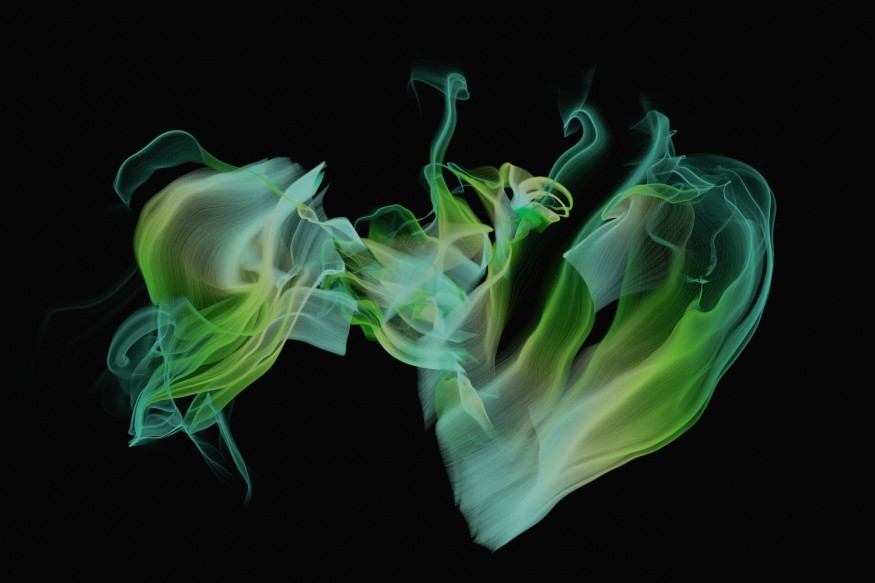
A new study discovered that the phenomenon of fluorescence was actually extremely common among mammals.
125 New Fluorescent Mammal Species Identified
In the past few years, fluorescence under UV light was reported among several animals, including fish, insects, reptiles, and birds. However, the fluorescence among mammals has remained a mystery until this new study.
The researchers looked into 125 different species of mammals, including cats and zebras, that were frozen and preserved. They were kept in museum collections due to their apparent fluorescence under conditions of UV light. The 125 mammal species were all exposed to UV light.
Interestingly, fluorescence was not exclusively observed in wombats and platypuses, which were both discovered to be biofluorescent a couple of years ago. Each mammal species was found to emit a white, pink, blue, or green hue when exposed to UV light.
A polar bear glowed like a white shirt underneath a backlight, while the pointy ears of a red fox started emitting a greenish hue. An orange leaf-nosed bat's wings became purely white, while its fur had a pink glow.
Overall, the study reveals that fluorescence is actually present in half of all families of mammals in nearly all clades and in each of the 27 orders. The fluorescent areas included light and white fur, whiskers, quilly, teeth, claws, and some skin that was naked.
The dwarf spinner dolphin was the only mammalian species that did not exhibit external fluorescence. Its teeth were the only parts that had fluorescence.
Nature's secret glow-getters An exciting new research project by the WA Museum and Curtin University has sought to... Posted by WA Museum Boola Bardip on Wednesday, October 4, 2023
ALSO READ : Glowing Waters Observed in Port Lincoln Overnight Thanks to Bioluminescent Algae [WATCH]
Fluorescence in Animals
Fluorescence results from the UV absorption of a chemical, like protein, that emits a longer light wavelength. The phenomenon has been observed among frogs, corals, sea turtles, New world flying squirrels, rabbits, scorpions, rabbits, dormice, and humans.
Whether this glow serves as an evolutionary advantage or is a surface chemistry by-product has been a long-standing subject of debate among biologists. It is still unclear whether fluorescence serves any biological functions or roles for mammalian creatures.
However, there has been evidence that for some animals, fluorescence came as an evolutionary advantage. When fluorescence was observed by the researchers in pigmented fur, it showed that there was a different chemical, not keratin, that produced the effect.
Mammals that are also nocturnal could be maximizing fluorescence for visibility in low-light settings for defending or for mating. In fact, the phenomenon was most intense and common among nocturnal creatures.
Nevertheless, regardless of whether this phenomenon serves an evolutionary vantage point or not, it is still quite fascinating.
Check out more news and information on Animals in Science Times.
© 2026 ScienceTimes.com All rights reserved. Do not reproduce without permission. The window to the world of Science Times.











